Energy 598 kJ (143 kcal) Sugars 0.34 Fat 0.65 | Carbohydrates 26.22 Dietary fiber 9.0 Saturated 0.109 | |
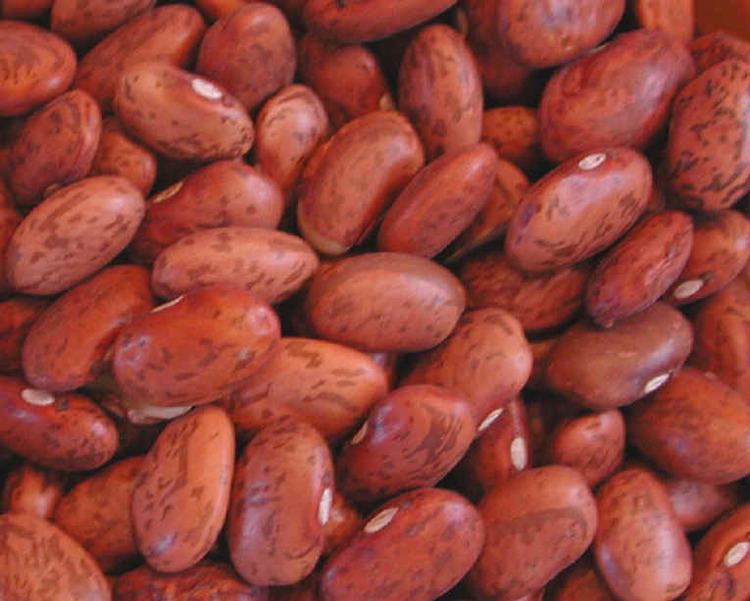 | ||
Similar Common Bean, Black turtle bean, Navy bean, Refried beans, Kidney bean | ||
Pinto beans for joy of soul food
The pinto bean (/ˈpɪn.toʊ/) is a variety of the common bean (Phaseolus vulgaris).
Contents
- Pinto beans for joy of soul food
- Pinto beans old fashioned the hillbilly kitchen
- Background
- Varieties
- Nutrition
- References
It is the most popular bean in the United States and northwestern Mexico, and is most often eaten whole in broth or mashed and refried. Either whole or mashed, it is a common filling for burritos. The young pods may also be harvested and cooked as green pinto beans.
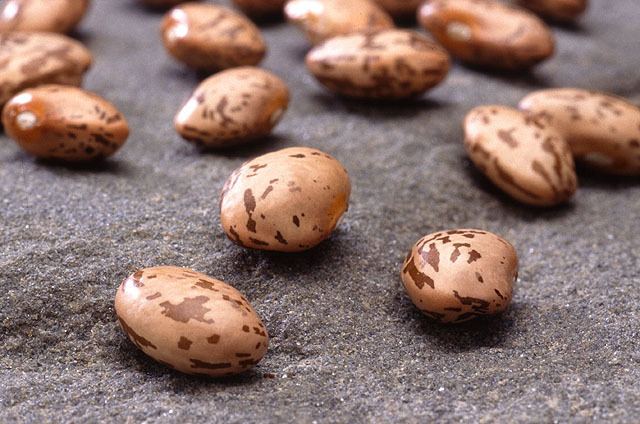
In Spanish, they are called frijol pinto ([fri.ˈxol ˈpin.to]), literally "speckled bean", and in South America it is known as the poroto frutilla, literally "strawberry bean". In Portuguese, they are called feijão carioca in Brazil (literally "carioca bean") and feijão catarino in Portugal. It is named for its mottled skin (compare pinto horse), hence it is a type of mottled bean.
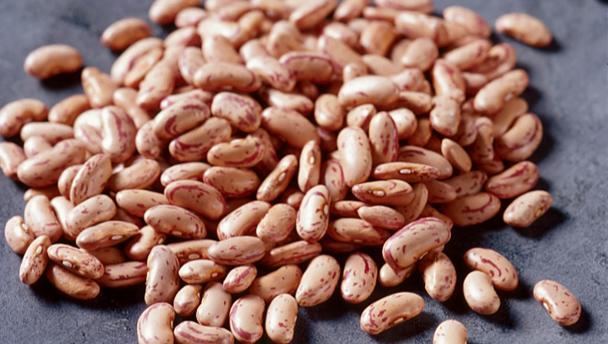
Pinto beans old fashioned the hillbilly kitchen
Background

The pinto bean is the bean commonly used for refried beans (fresh or canned) and in many dishes. This variety is often used in chili con carne, although kidney beans, black beans, and many others may also be used in other locales (see below).
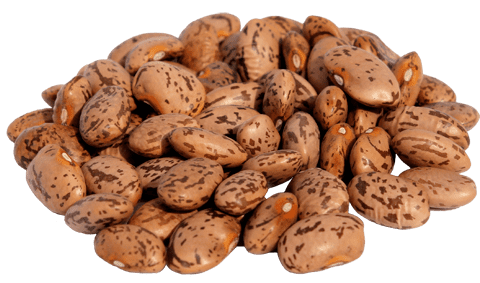
Pinto beans are commonly eaten beans in Brazilian cuisine (legumes, mainly common bean, are a staple food everywhere in the country, cultivated since 3000 BCE, along with starch-rich foods, such as rice, manioc, pasta, and other wheat-based products, polenta and other corn-based products, potatoes and yams).
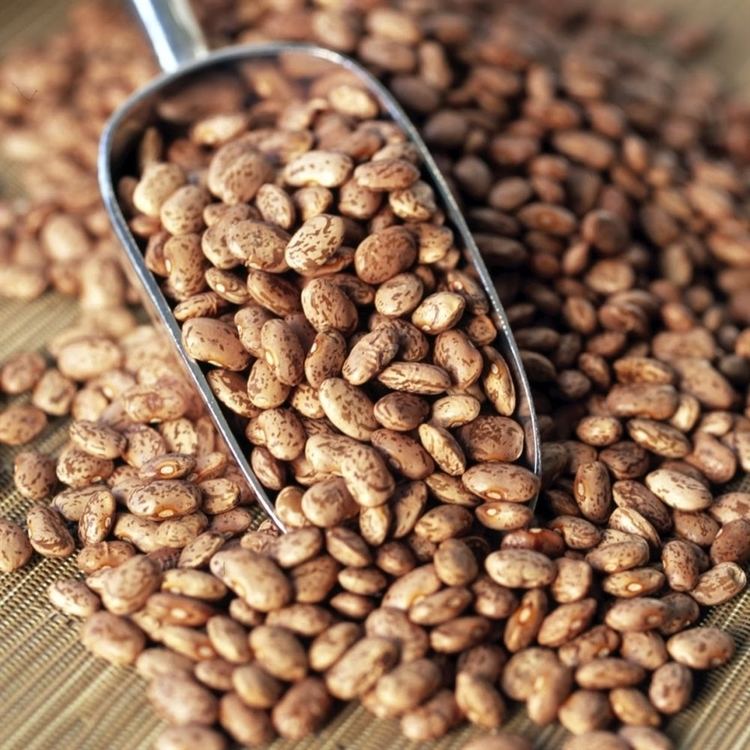
In the Southern United States, pinto beans were once a staple of the people, especially during the winter months. Some organizations and churches in rural areas still sponsor "pinto bean suppers" for social gatherings and fund raisers.
Varieties
Pinto bean varieties include:
The alubia pinta alavesa, or the "Alavese pinto bean", a red variety of the pinto bean, originated in Añana, a town and municipality located in the province of Álava, in the Basque Country of northern Spain. In October, the Feria de la alubia pinta alavesa (Alavese pinto bean fair) is celebrated in Pobes.
Nutrition
Legumes in general are nutrient dense. Pinto beans are no exception containing many essential nutrients. This food is very low in saturated fat. It is also a good source of protein, phosphorus and manganese, and a very good source of dietary fiber and folate.
Rice and pinto beans served with cornbread or corn tortillas are often a staple meal where meat is unavailable; the amino acids in this combination make it a complete protein source.
Studies have indicated pinto beans can lower the levels of both HDL and LDL cholesterol. Pinto beans have also been shown to contain the phytoestrogen coumestrol, which has a variety of possible health effects.
